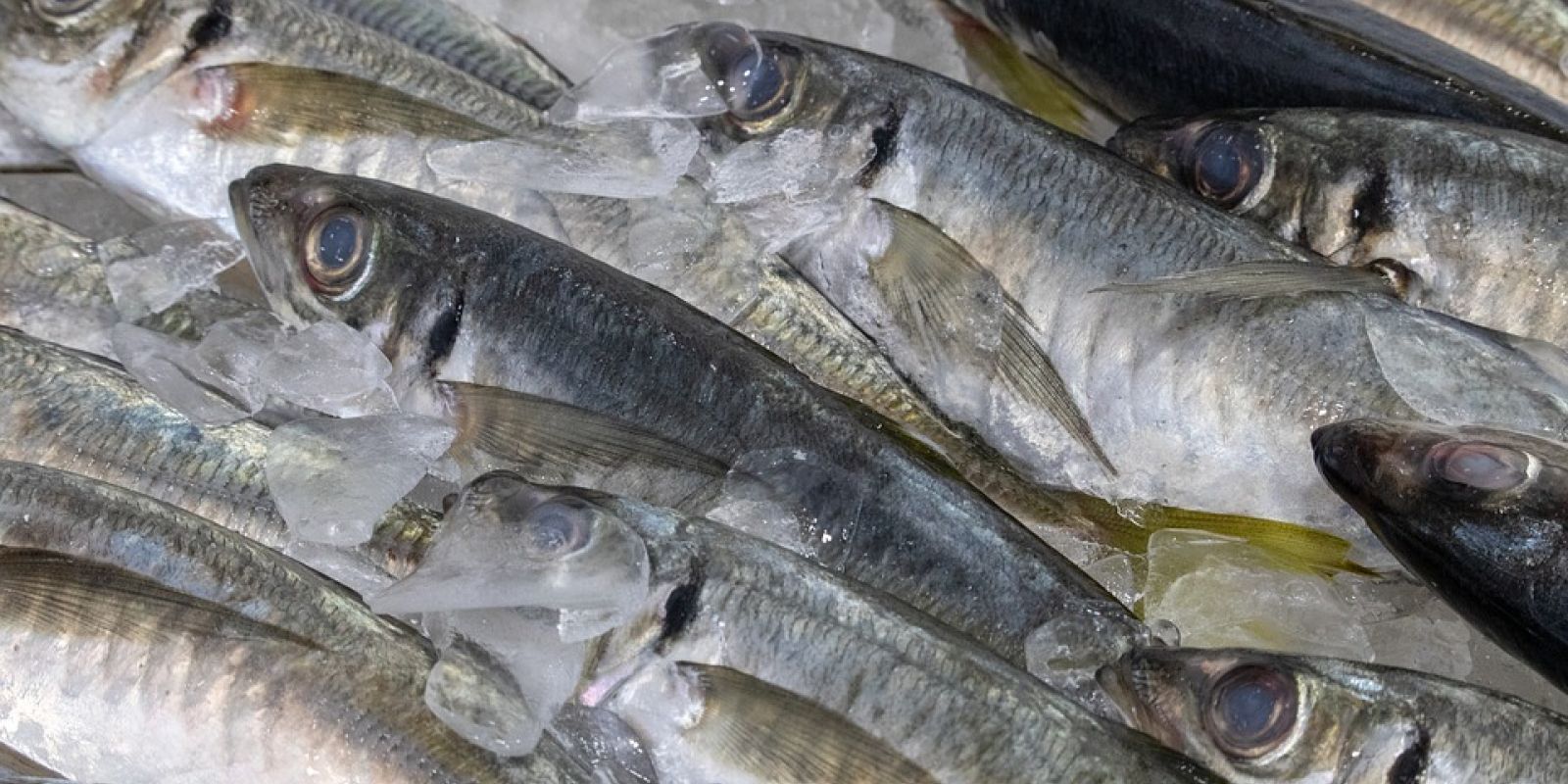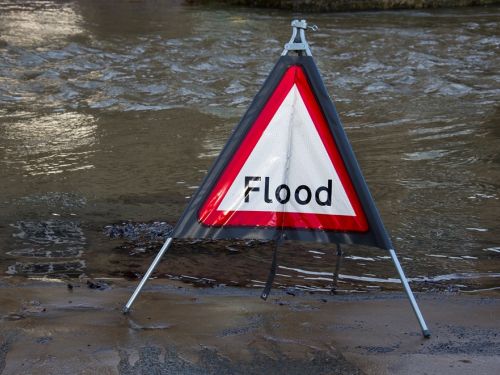Martin Collison reflects on our future food supplies and the role fish will play.
As we enter 2020 now is a good time to reflect on our future food supplies and what has happened in the last decade. Across the world we have seen populations continue to rise and, while in Europe we have seen only a slow recovery from the largest economic downturn since the 1930s, economic growth in many other parts of the world has been very strong.
McKinsey (2019) notes that “Just a decade ago, most urban Chinese had enough money to cover basic needs like food, clothes, and housing…. Today, half are living in relatively well-to-do households where they have ample funds for perks like regular meals out, beauty products, flat screen TVs, and holiday travel.”
Others are predicting that this will continue; a recent report from PWC, Rabobank and Temasek International (2019) reported that by 2030 Asia will have added 250 million people (equivalent to another four UKs) and will have over 65% of the world’s middle class.
These changes are driving global food demand and fish is no exception. More people to feed and rising living standards globally are increasing the demand for proteins. While much of the global media debate on proteins has focused on meat and dairy products, fish consumption is also growing strongly through higher per capita consumption in some of the markets where wealth is increasing the fastest and thanks to a focus on healthier diets in the West.
The result is that global per capita fish consumption continues to grow, rising from 17kg per person in 2009 (FAO) to 21kg in 2019, a 23% increase in a decade. With population also growing over this time period from 6.9 billion to 7.7 billion, up by 12% in a decade, the demand for fish is being driven strongly by both more people and more consumption per person.
But we are also seeing the balance between wild catch and farmed fish from aquaculture change. The Global Aquaculture Alliance (2019) has predicted that while global aquaculture is likely to have doubled from 47 million tonnes in 2006 to 94 million tonnes by 2030, this is in contrast to wild catch, which is expected to fall from 65 million tonnes in 2006 to 58 million tonnes by 2030.
The UK is one of the top five EU aquaculture nations, with particular strengths in salmon, but the truth is Europe as a whole has been slow to invest in aquaculture compared to many other parts of the world. It is sobering to think that Europe as a whole represented only 1.5% of global aquaculture production (EU Commission fact sheet) in 2015.
So will this change? And will a post-Brexit UK embrace aquaculture as well as reforming its fishing industry?
Of course, only time will tell, but evidence from other continents suggests that if we want to continue to increase fish consumption, to benefit our fisheries and fish processing sector and for health reasons, aquaculture is likely to play a much larger role in future fish sourcing. The question is, will this be fish we have farmed in the UK or will we increasingly rely on imports from other countries?
Aquaculture, like all agricultural production, is a long-term capital-intensive business and is facing challenges on productivity, pest and disease pressures and concerns over its environmental footprint. But if we can solve these problems with better technology and management, farmed fish can provide complete traceability and meet our rising demand for fish and fish products.
To realise this we need investment by industry and government, and with the Humber’s fishing heritage and fish processing sector, the region would appear to provide a natural home from which to lead such a programme. The Greater Lincolnshire LEP is very keen to understand if others share our view that this sector offers the potential for post-Brexit growth.
Martin Collison works as an agricultural and agrifood consultant to the Greater Lincolnshire LEP.


